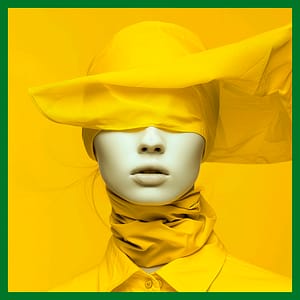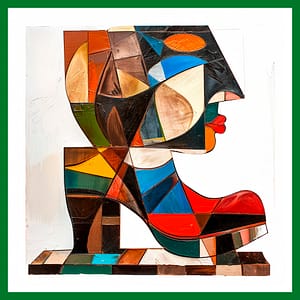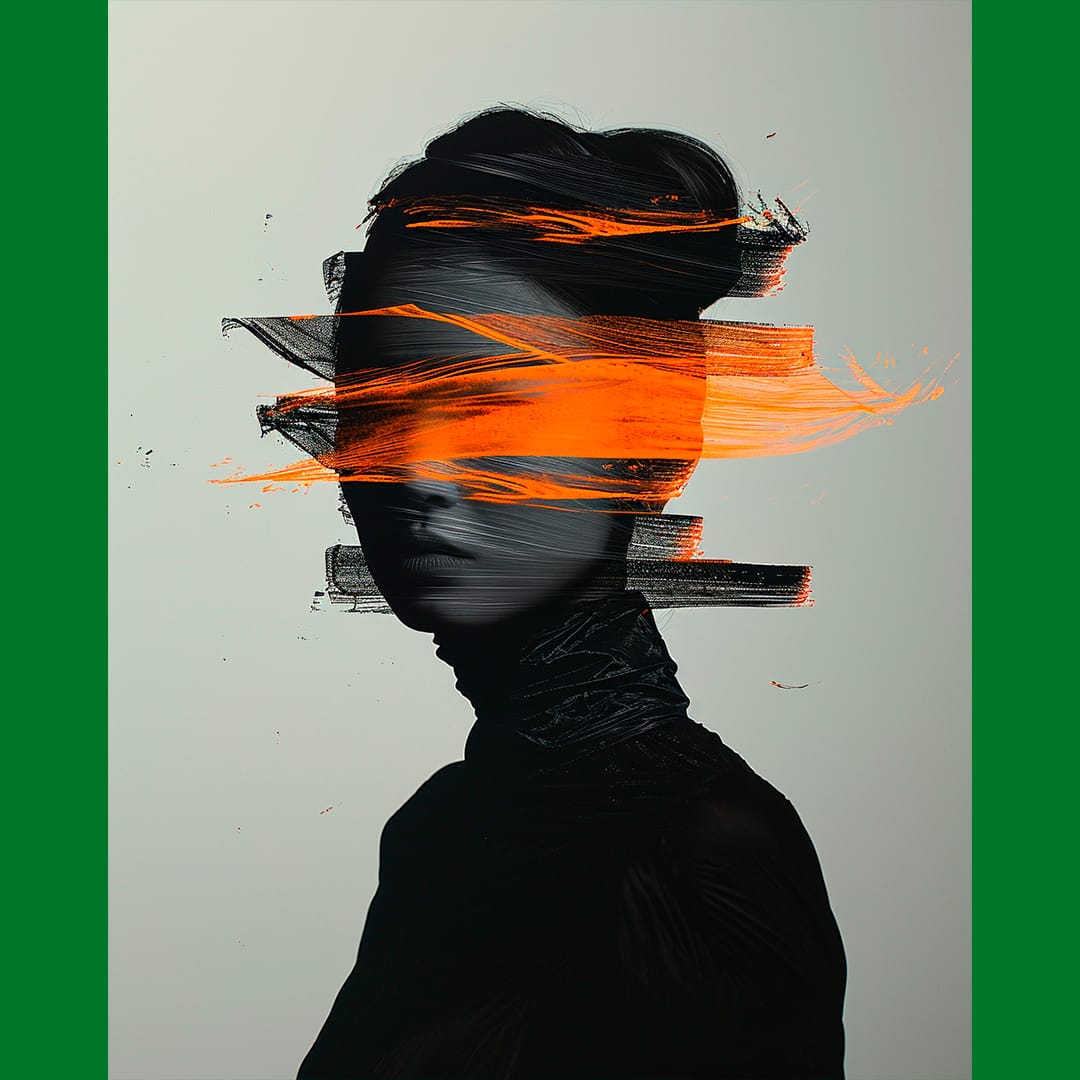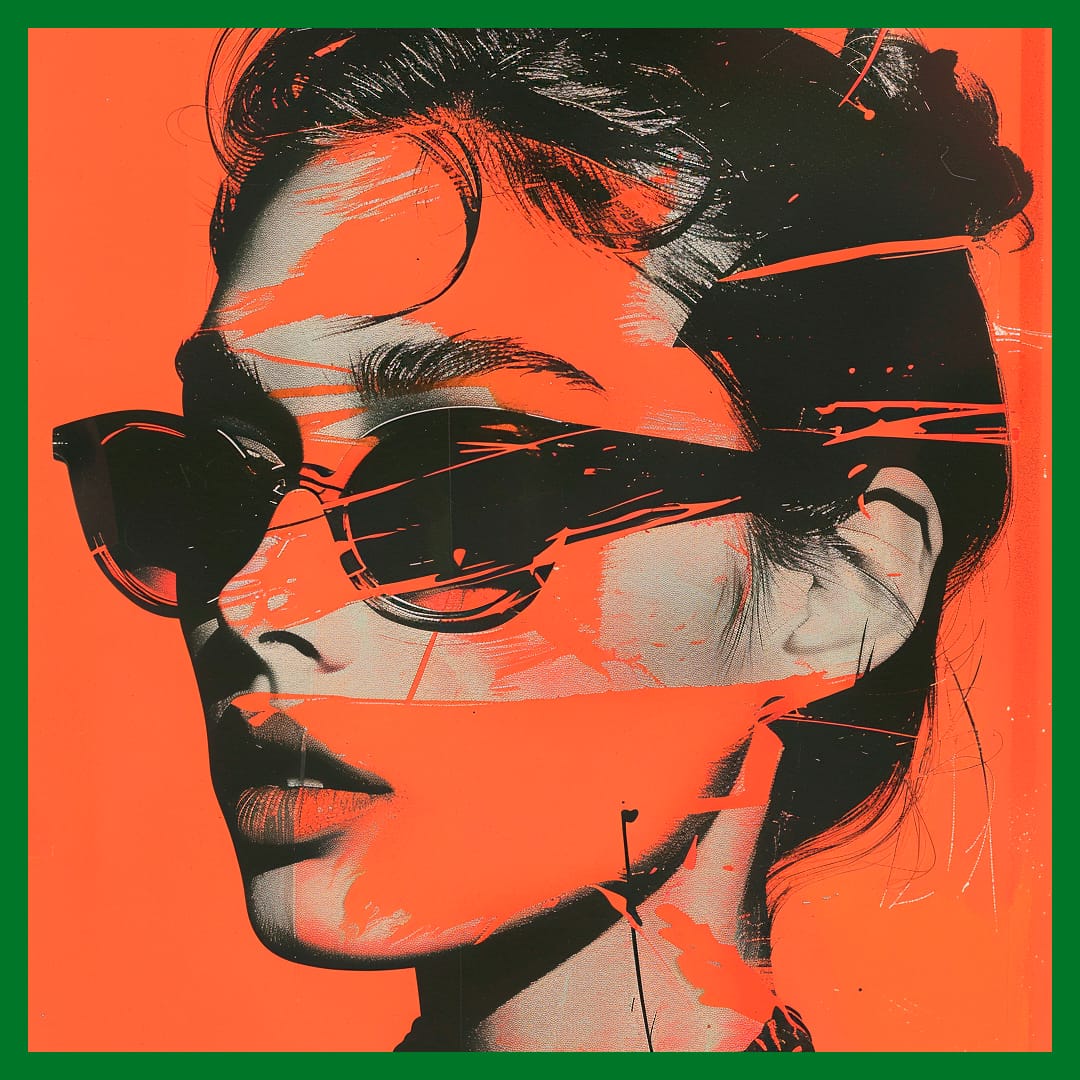
Why Archetypes do not have clear frameworks and definitions
Archetypes are manifested in myths, fairy tales, religious rituals and dreams of people
There are so many systems of archetypes, some including shadow sides, some not... Ancient archetypes, modern archetypes... Female and male... There are symbols that symbolise several archetypes....Why do we need to know and understand these things?!? And most importantly, why use them in the production of clothes, why use them in the creation of collections, why use them in everyday life?!?
This is a topic that has concerned us in the past. For example, Carl Gustav Jung, a Swiss psychiatrist and psychoanalyst, developed the theory of archetypes as one of the key concepts of his analytical psychology. In his view, archetypes are universal, innate prototypes that reside in the collective unconscious and shape human experience and behaviour.
According to Jung, along with the personal unconscious, there is a collective unconscious common to all people. It contains archetypes, which are ancient images and symbols common to all humanity.
Archetypes are manifested in myths, fairy tales, religious rituals and dreams of people of different cultures and eras. They represent universal themes and motifs that underlie the human experience.
Archetypes influence first impressions unconsciously...




two sides to the manifestation
There are two sides to the manifestation of any archetype
Persona: the mask a person wears in society, hiding their true nature.
Shadow: the dark, repressed aspects of the personality that one does not want to recognise.
Anima and Animus: the feminine aspects in man (anima) and the masculine aspects in woman (animus).
Self: the central archetype that symbolises the integrity and unity of the personality.
Function of archetypes
Jung believed that archetypes help people understand and structure their experiences. They play an important role in the development of personality and self-awareness. They accompany us from childhood and switch or not throughout life, sometimes many times sometimes the opposite, a person as if imprisoned by a monotonous pattern of behaviour and personal choices in life. And this is especially visible from the outside, and sometimes is not realised by the person himself.
Why archetypes are so complicated?

The power of archetypes
Expression of archetypes
Archetypes are not fixed images, they're dynamic.They can manifest in different ways depending on the individual and cultural context. For example, the mother archetype can be embodied in the image of a goddess, saint, or earth mother.
Jung used his findings in psychotherapy, and also believed that understanding archetypes could help, as an awareness of these universal images and their influence on the personality can promote inner harmony and integration of different aspects of the self. The advertising and fashion industry, manufacturers of brands and various products have learnt to very professionally ‘connect’ through symbolism to certain archetypes and follow them.
Production of different archetypes but the same brand shows that this practice is not effective at all, and does not focus on a certain target audience, and on the contrary the effect is negative. Sometimes a brand needs to be only expensive or only cheap, and manufacturers create several own brands for different audiences, and different tone of voice.
Solving the mystery of archetypes has been tried in the past, now the modern trend is to use archetypes as an effective tool, and in the future we will probably understand exactly 100% of the laws and symbolism. For now we can only discuss the modern archetypes of the new generation, based on the digitalisation of the modern world, based on rapid change and total flexibility.
archetypes hidden in the depths of our unconscious
ArchAnd as long as science has not studied and there is no sensorially obvious evidence of Archetypes, there are no borders....
What we can do as marketers or manufacturers of products or clothing is to establish clear criteria within our own tone of voice. Archetypes do not have boundaries and frames, they are fluid and fluid like water, one passes into another. In the same way we can consider as many archetype systems as possible and thus understand more how to present ourselves in the market for different target audiences.
As K Gustav Jung said, ‘In each of us lives the hero and the villain, the wise man and the fool - archetypes hidden in the depths of our unconscious.’ Our main task and responsibility is to learn how to control this power!
-
- Fashion service garment production garment design pattern production clo3D modeling clo3D design subcontractors tailoring mass tailoring garment production garment production USA
-
- Fashion service garment production garment design pattern production clo3D modeling clo3D design subcontractors tailoring mass tailoring garment production garment production USA
-
- Fashion service garment production garment design pattern production clo3D modeling clo3D design subcontractors tailoring mass tailoring garment production garment production USA
-
- Fashion service garment production garment design pattern production clo3D modeling clo3D design subcontractors tailoring mass tailoring garment production garment production USA
Fashion is fluent in archetypes long before it learns the grammar of trends.
Every silhouette, every fabric choice, reaches past rational thought to brush the deep, half-lit corridors of the collective unconscious Carl Jung mapped a century ago. Those universal figures—Hero, Rebel, Sage, Lover—are not marketing gimmicks; they’re the storyboards humanity has carried since firelight replaced daylight. Season after season, designers pin fresh cloth to those timeless forms.
Picture a sharply tailored leather jacket. What sparks the audience isn’t just the precision cut or the polished hardware—it’s the reawakened Warrior. Square shoulders read as shields, glinting zippers mimic blades, and suddenly the wearer radiates unapologetic resolve. The mind doesn’t bother with a costume-design debrief; it simply nods, “I know this power.”
Shift to a billowing prairie dress, all cotton softness and fluttering hem. Technically it’s fabric and thread, but emotionally it summons the Maiden—promise, innocence, renewal. Anyone who sees it senses approachability and the quiet thrill of spring after a long winter, even if they’ve never read a line of folklore.
That is fashion’s sleight of hand: it forges intense reactions through patterns our brains recognize faster than we can explain. Oversized hoods invite the Mystic, razor-sharp minimalism ushers in the Sage, a riot of clashing prints conjures the Trickster. Each archetype delivers its own emotional voltage, guiding the audience toward courage, wisdom or playful chaos without a single headline.
Commercial longevity hinges on orchestrating these signals. Chanel’s little black dress still sells because it fuses the Lover’s allure with the Ruler’s authority—seduction balanced by command. When a brand aligns multiple archetypes into one coherent chord, the product feels both inevitable and irreplaceable.
Critics, then, are part fashion analyst, part dream interpreter. They pull apart why a collection feels disruptive or consoling, tracing seams back to the ancient symbols they trigger. Yet the true impact lands long before any review is published: it happens in that silent handoff between the eyes and the limbic system, where cloth becomes narrative.
For designers, knowing this code is creative power; for consumers, it’s a roadmap to intentional self-expression. Wear the archetype you wish to project, and you broadcast a story older than language. Ignore it, and you’re still telling a story—just not the one you chose.
So the next time a garment moves an audience beyond its materials, remember: what you’re feeling is destiny cut on the bias, mythology hemmed to street length. Fashion isn’t merely what we put on; it’s who we’ve been dreaming of being for thousands of years—finally stepping under the lights.



